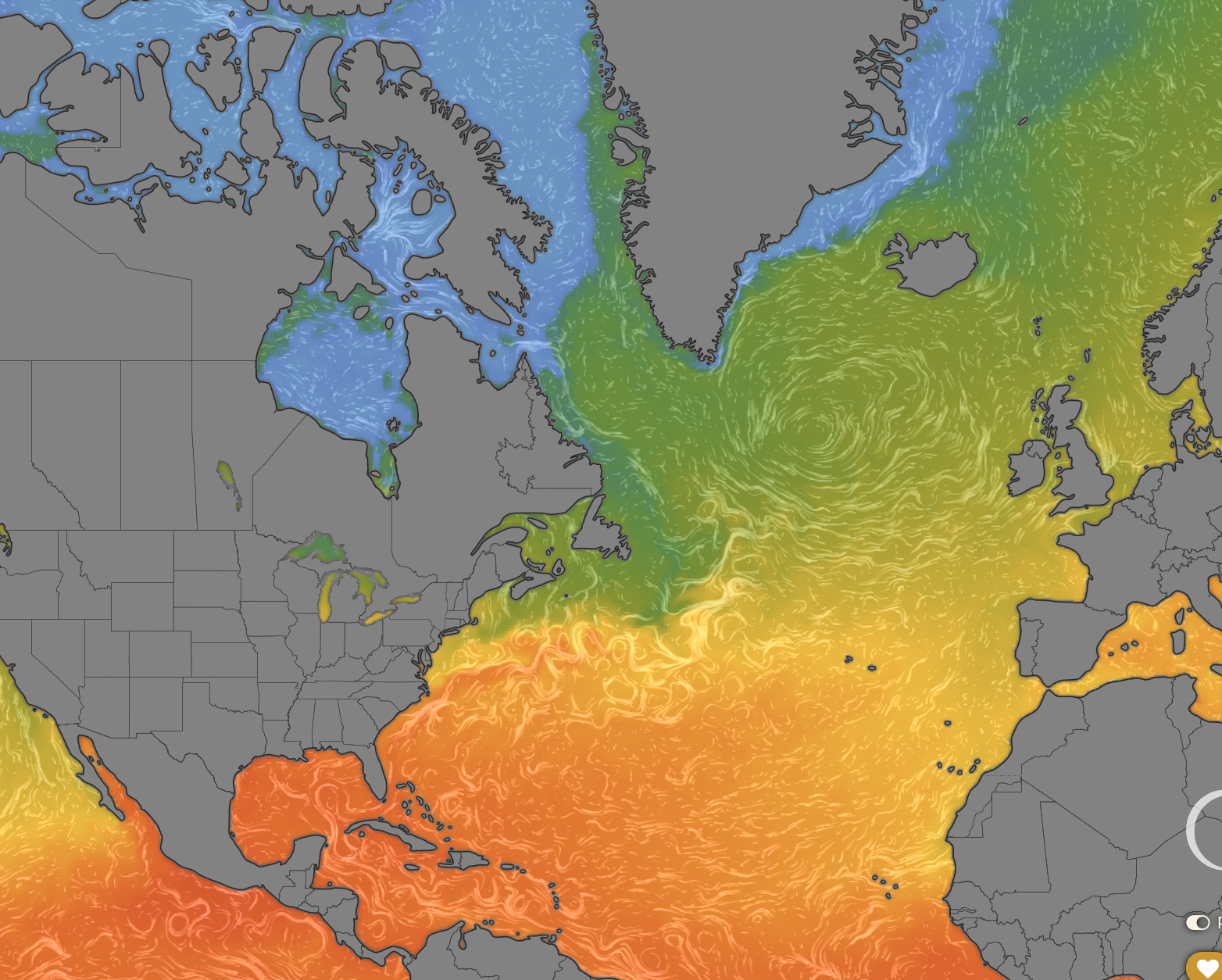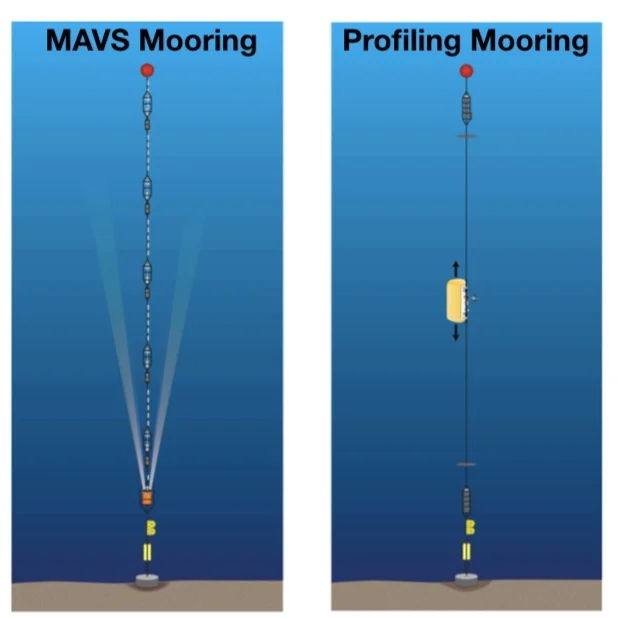Boundary Layer Turbulence
Turbulent mixing and the Global Overturning Circulation
Boundary Layer Turbulence (BLT) - Recent News
WHAT is Boundary Layer Turbulence?
The Global Overturning Circulation, a current system driven by dense water formation at high latitudes and turbulent mixing in the ocean interior, is an important element of our climate system. For many decades, the upwelling branch of the Global Overturning Circulation, driven by small-scale turbulent mixing, has been thought of as broad and spread out throughout the ocean basins. However, turbulence measurements over the last 20 years have shown that mixing becomes more vigorous toward the ocean bottom, and thus converts light waters into denser ones and not vice versa. Theoretical arguments based on these observations have led to the picture that abyssal waters are converted from dense to light along weakly stratified bottom boundary layers, where small-scale turbulent buoyancy fluxes decrease to zero to satisfy the no-density flux condition at the ocean bottom. In this view, the lower branch of the Global Overturning Circulation is the residual of a large diapycnal sinking, driven by convection at high latitudes and small-scale mixing in the stratified ocean interior, balanced by an even larger diapycnal upwelling along the ocean boundary layers.
Observational support for this emerging view of the Global Overturning Circulation is lacking, because tracers are advected rapidly in and out of the boundary layers and thus reflect some average of the diapycnal sinking in the stratified interior and diapycnal upwelling along the boundaries. Vertical profiles of turbulence in the deep ocean generally stop above the boundary layer to avoid hitting the seafloor, and thus miss the crucial decrease of turbulent buoyancy flux through the bottom boundary layer. The goal of this US-UK collaborative proposal is to provide the first evidence that turbulent mixing drives sinking in the stratified interior and upwelling along thin boundary layers.
Schematics of two different mooring types to be deployed along the sloping boundary of the Rockall Trough. The MAVS mooring measures buoyancy fluxes directly at several points along the mooring. The profiling mooring, equipped with a McLane Moored Profiler, provides measurements of current and density at high vertical resolution.
Map of the Rockall Trough west of Ireland (left), zoom into the study site at the southern boundary of the Rockall Trough.
The Rockall Trough in the Northeast Atlantic is a natural laboratory to study diapycnal upwelling along sloping boundaries. This basin is characterized by rough topography and strong topographic mixing, and is an important conduit of abyssal waters in the North Atlantic. Tracers will be released by our UK colleagues along the Trough’s eastern boundary to see whether their movement is consistent with the newly developed theory and with inferences in prior work that deep waters enter the Rockall Trough from the south and upwell in the basin. The temporal evolution of the tracers will be compared with diapycnal velocities estimated from buoyancy flux measurements from vertical profilers in the stratified interior and moored sensors across the boundary layer. Diapycnal velocities are expected to be strong and upward in the boundary layer, and downward in the stratified interior. Successful completion of the field program will return the first direct observation of the role played by deep boundary layers in the oceanic overturning circulation.








